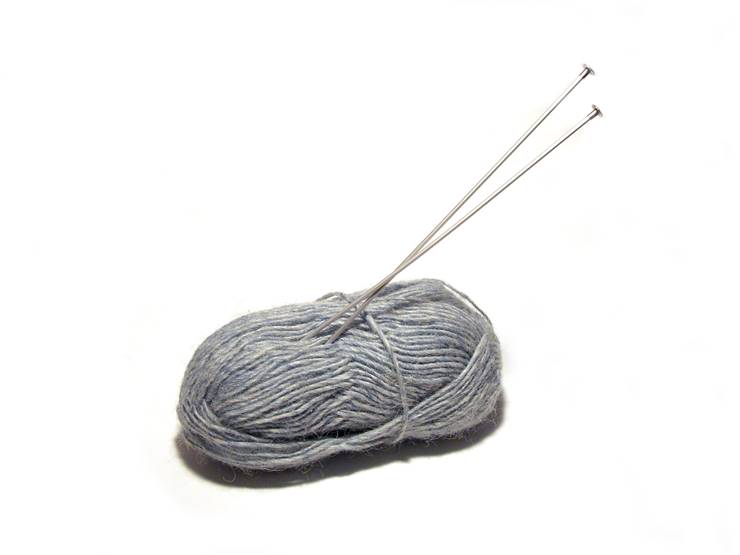Knitting History - Origins of Knitting - Making Fabric
Knitting is a technique of making fabric with yarn on two or more needles. The word “knitting” comes from the word “knot”. Knitting is made of wool, silk, and other fibers. The first pieces of clothing made in the technique similar to knitting were socks. These socks were done with Nålebinding which is a technique that uses single needle and thread. There are ideas that knitting began in Middle East, from there came to Europe through Mediterranean trade routes and then to the Americas from Europe.
The oldest knitted items have been found in Egypt and are dated between the 11th and 14th centuries AD. Spanish Christian royal families employed Muslim knitters and their works are the earliest known knitted items in Europe. They were very skillful and made many different items like cushion covers and gloves. Archeological findings from the many cities of Europe show that knitting spread throughout Europe in the 14th century. During 16th century, knitting spreads through Britain. On the Scottish Isles, during the 17th and 18th centuries, knitting becomes preoccupation of many. There were cases of whole families who did knitting as a form of a job and it became an important source of their income. Sweaters were one of the major items that were knitted because they proved useful to the local fishermen of these islands. In time, many elaborate designs were developed.

Before Industrial revolution there were mechanical ideas for faster knitting but they didn’t spread too far. When the revolution started, machines appeared that did wool spinning, cloth manufacturing and even for knitting lace. During the 1920s, White Russians that lost the Civil War fled to China and showed the craft of knitting to Chinese caravan men, who used camel hair as a material for knitting.
During the Second World War, British wartime government department, the Ministry of Information, started action for people to make knitted items for the Army and Navy to wear in winter. Because wool was in short supply they encouraged people to unpick old unwearable woolen items so they could re-use the wool. Action was also a matter of moral. It showed soldiers that people at home where thinking of them and it gave to people at home a positive sense of contributing to the war effort. After the war knitting again became popular because many new colors appeared along with new designs and patterns for knitting. Children were also thought knitting in schools. In 1980s machine-knitted items became so cheap comparing to handmade that interest for and popularity of hand-knitting started to decline.
With the beginning of the 21st century knitting starts to be popular again. Reason for this popularity is "Handmade Revolution" and ease of finding information on the internet. The more exotic natural fibers from animals, such as alpaca, angora, and merino and plant fibers have become easier and less costly to find in this day as well as designs and patterns thanks, again, to internet. Knitters can also connect easier over the internet and exchange experiences. Another new phenomenon appeared at the same time- yarn bombing which is a type of graffiti where people cover public objects with meters and meters of knitted fabric.


